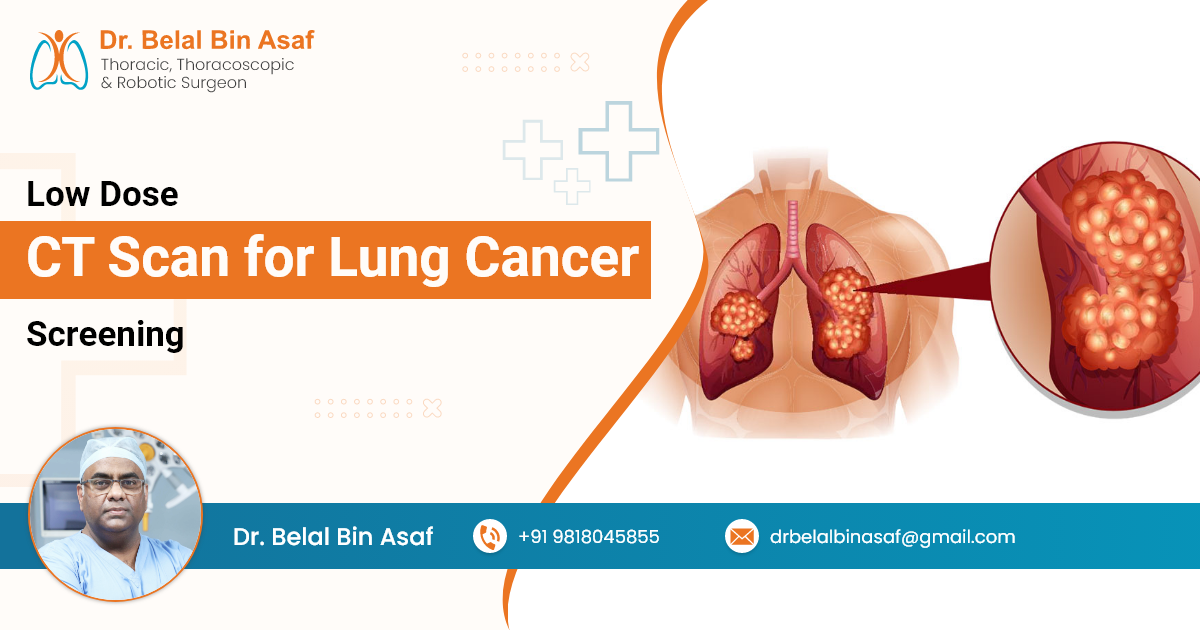Lung cancer is one of the leading causes of cancer-related deaths worldwide, often because it is diagnosed at a later stage—when treatment is less effective. However, early detection dramatically improves the chances of successful treatment and survival. For individuals at higher risk, routine screening can identify lung cancer before symptoms begin, when it is most treatable.
One of the most effective tools in this early detection effort is the low-dose computed tomography (LDCT) scan. This advanced, non-invasive imaging test can detect small nodules or changes in the lung tissue that may indicate cancer—long before the disease becomes symptomatic.
Contents
- 1 What Is a Low-Dose CT (LDCT) Scan?
- 2 Who Should Get Screened?
- 3 LDCT vs. Standard CT Scan
- 4 Benefits of LDCT Lung Cancer Screening
- 5 Risks and Limitations of LDCT Screening
- 6 What to Expect During an LDCT Scan
- 7 Understanding Your LDCT Results
- 8 Recommended Screening Schedule
- 9 Talk to Your Doctor About Lung Cancer Screening
- 10 Conclusion
What Is a Low-Dose CT (LDCT) Scan?
A low-dose CT scan uses X-ray technology to produce highly detailed cross-sectional images of the lungs. The test is specifically designed for screening purposes and uses about 80% less radiation than a conventional chest CT scan—making it safer for routine annual use.
- Quick and painless: The scan takes just a few minutes.
- Non-invasive: No needles, contrast dye, or injections are needed.
- High sensitivity: Capable of identifying very small abnormalities that might otherwise go unnoticed.
The primary goal of a low-dose CT (LDCT) scan is to identify lung cancer in its earliest stages—when the disease is most treatable and the chances of successful outcomes are significantly greater.













 +91-9818045855
+91-9818045855
